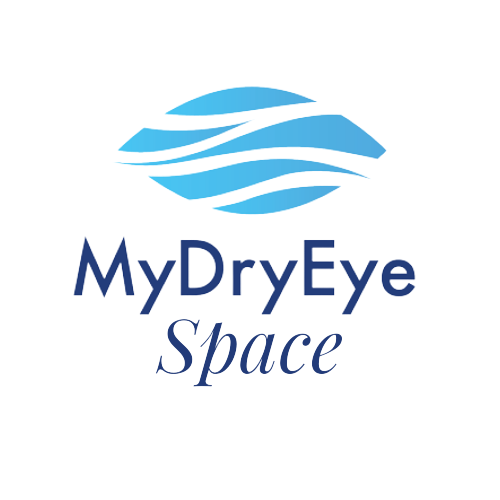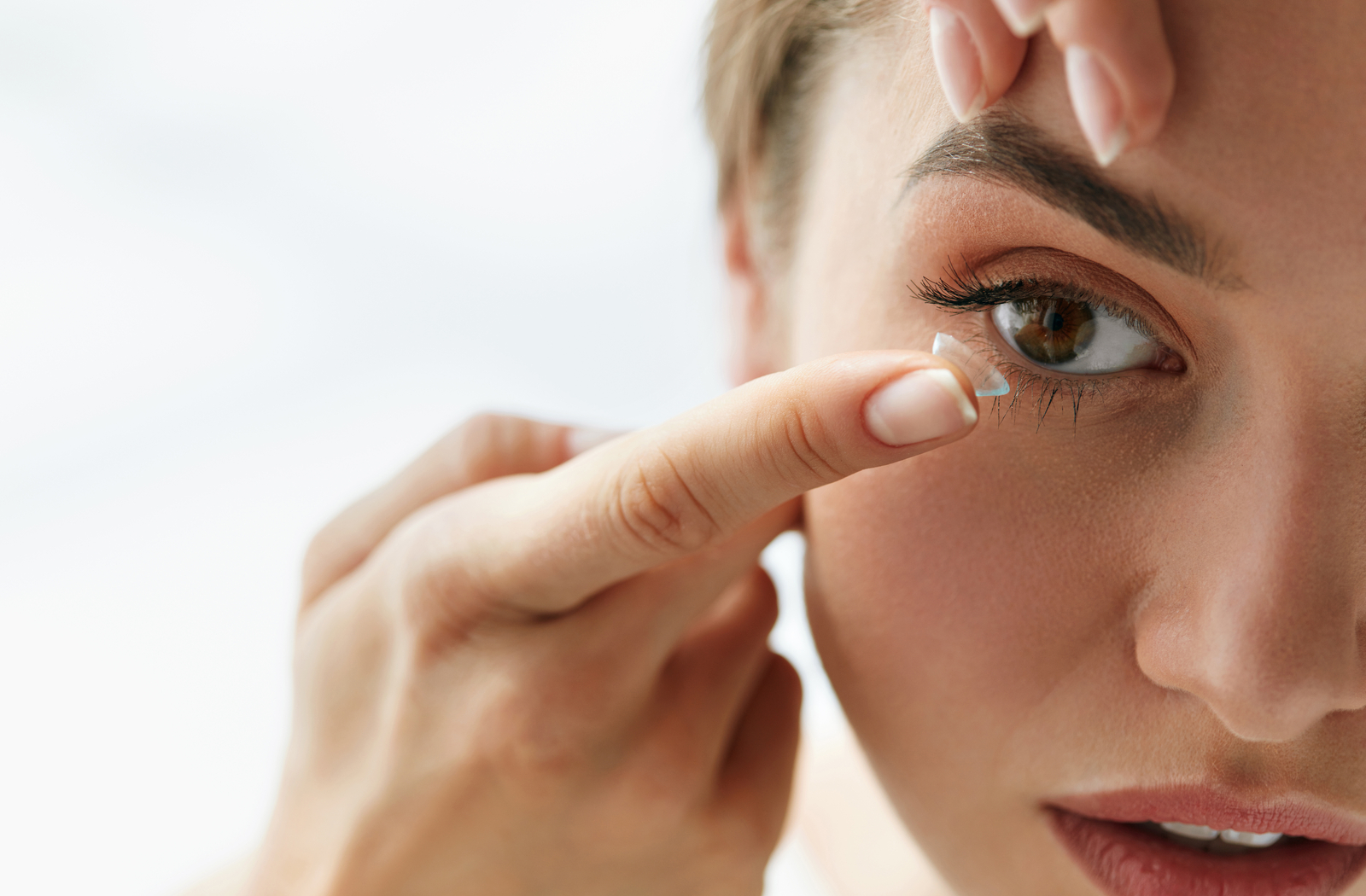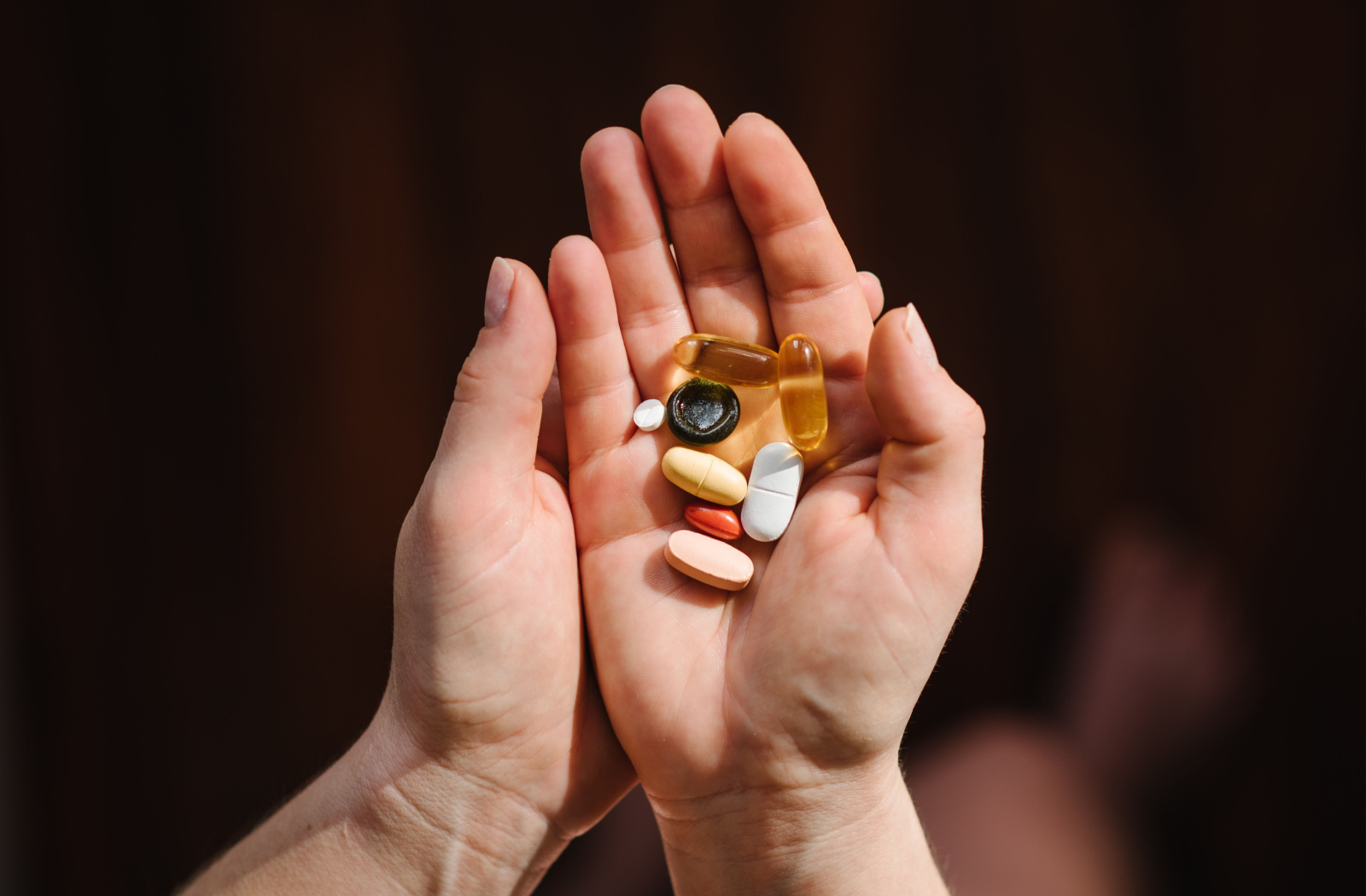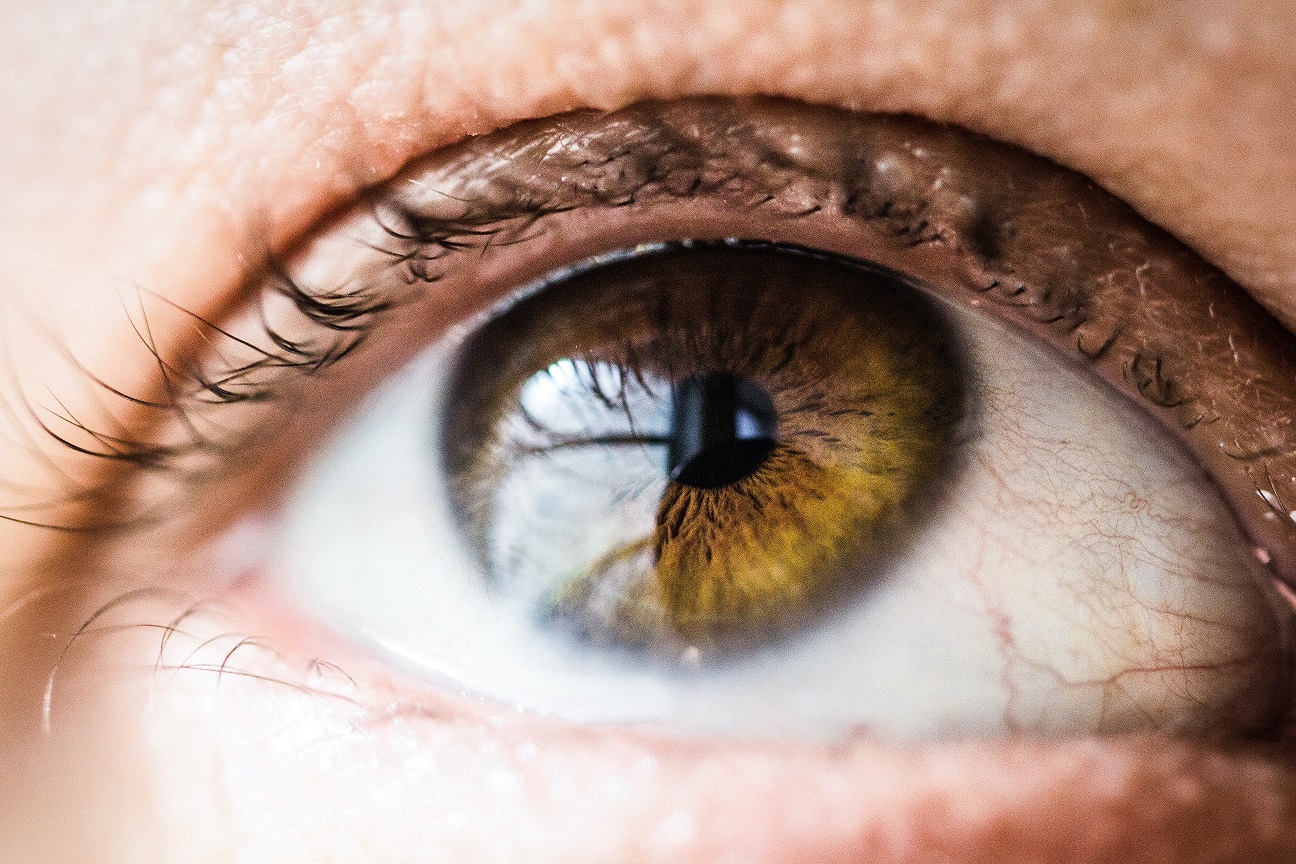Dry eyes can be uncomfortable, but they shouldn’t prevent you from being able to see clearly. That’s why people with dry eye disease need to use eyewear that won’t exacerbate their symptoms while waiting for treatment, but what about contact lenses?
Many people with dry eyes worry that the lack of lubrication will make contact lenses irritating to wear. However, this isn’t always the case. Read on to discover how different lens types can change your experience with dry eyes and learn best practices for wearing them comfortably.
Not All Contacts are Created Equal
Contact lenses come in several varieties—and each kind can interact with dry eyes differently. Here’s an overview of some of the most common contact lens types available to most consumers:
Soft Contacts
These contact lenses have a soft texture and are made of hydrogel—a compound containing water. You can wear some varieties for up to 30 days, but most soft contacts are meant to be replaced daily and disposed of after use.
One common argument is that the water in soft contact lenses alleviates dry eye symptoms. Another is that changing lenses every day prevents protein deposits from forming in the eyes, making the eyes feel drier. However, recent research from Japan suggests that dry eye disease may be more frequent in people who wear soft contact lenses.
Silicone-Based Hydrogel Lenses
Some hydrogel lenses are silicone-based, which can slow the rate at which water evaporates. These lenses can be more effective in reducing dry eye symptoms than standard hydrogel lenses.
Proclear contacts is a brand of silicone-based hydrogel lenses that are FDA-approved for use in treating dry eye symptoms. They use a chemical called phosphorylcholine to draw moisture towards the eye.
Rigid Gas-Permeable Lenses
Rigid gas-permeable lenses are denser than soft contacts, but still allow oxygen to travel through and contact the cornea. A specialized type of rigid gas-permeable lenses called scleral lenses can improve dry eye symptoms.
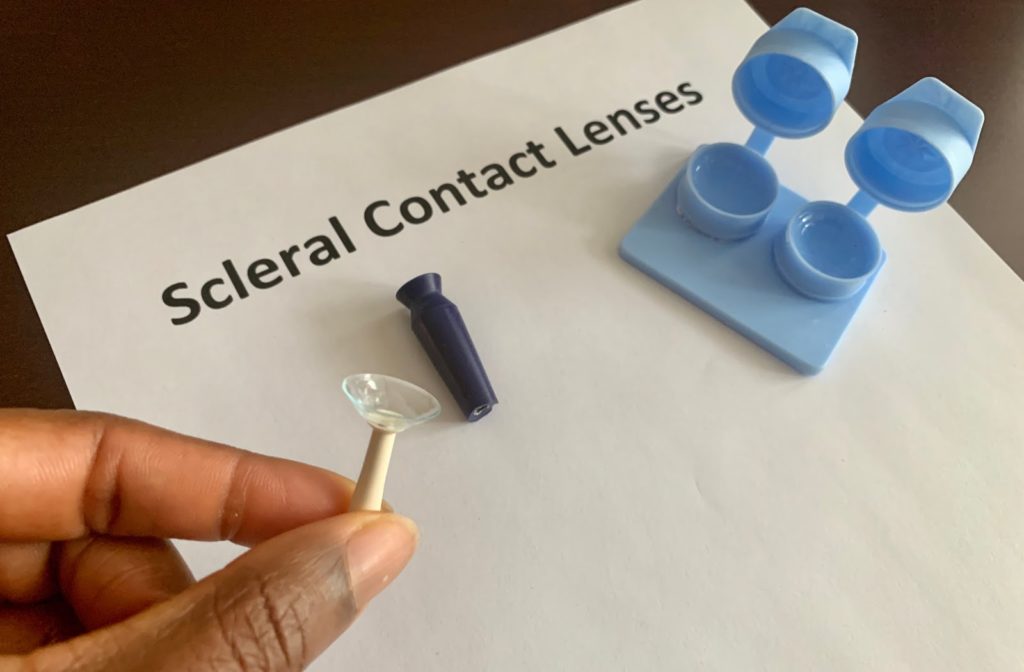
Scleral Lenses
Scleral lenses differ from standard rigid gas-permeable lenses by having a wider diameter and sitting over the cornea instead of upon it, creating a tear-filled space. This fluid cushion hydrates the cornea and has been shown to reduce dry eye symptoms in many patients.
It’s difficult to be definitive when recommending a type of contact lens for someone with dry eyes. Patient experience can vary widely from one individual to the next, but scleral lenses have been shown to be the most helpful for dry eye sufferers.
Tips for Wearing Contact Lenses with Dry Eye
As a rule of thumb, it’s best to switch lenses if you experience dry eyes with your current contacts. Changing contact solutions can also make a significant difference. Some solutions contain preservatives that can irritate the eye or react poorly with the chemicals in soft lenses, causing symptoms similar to dry eye disease.
Here are a few other useful tips for preventing or relieving dry eye symptoms:
- Keep your lenses clean
- Change your lenses as recommended by your eye care professional
- Do not wear contact lenses for longer than prescribed by your eye care professional
- Use rewetting drops to add moisture to your eyes before putting in contact lenses
- Use drops regularly throughout the day to prevent your eyes from becoming too dry
- Use eye drops without preservatives if your eyes are sensitive
If you still experience dry eyes after trying different lenses and solutions, stop wearing your contacts for a little while. Rehydrate them with a preservative-free solution while you seek advice from your eye doctor.
Choose Contact Lenses for Dry Eyes Carefully
Dry eyes don’t mean that you can’t wear contact lenses anymore. They just might require you to use specific types or brands. Generally, it’s best to contact your optometrist if you’re experiencing dry eyes and ask them what they think of switching to new lenses. They’ll be able to give you an informed opinion based on their experience and specific knowledge of your eyes. Contact your nearest MyDryEye doctor for their recommendations.
